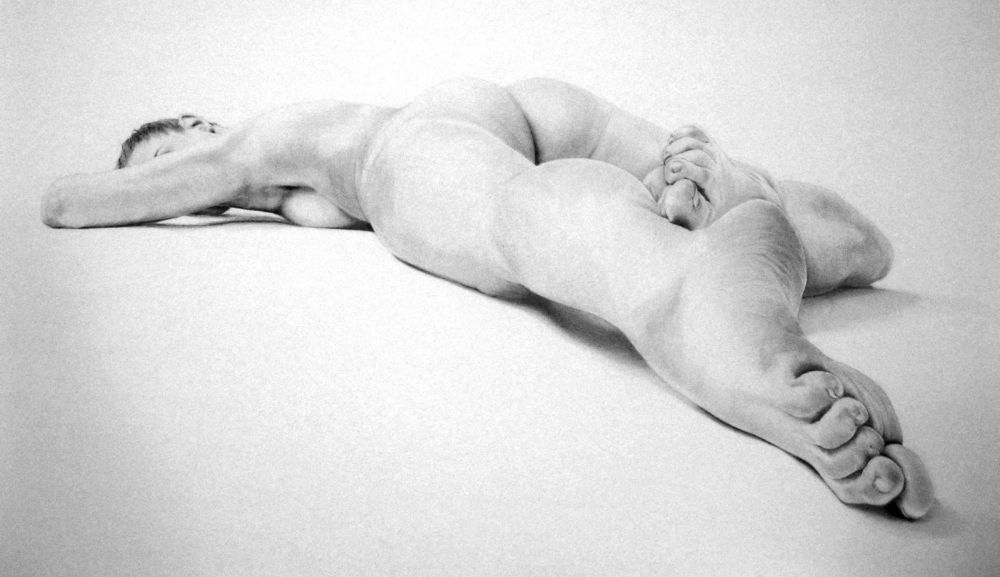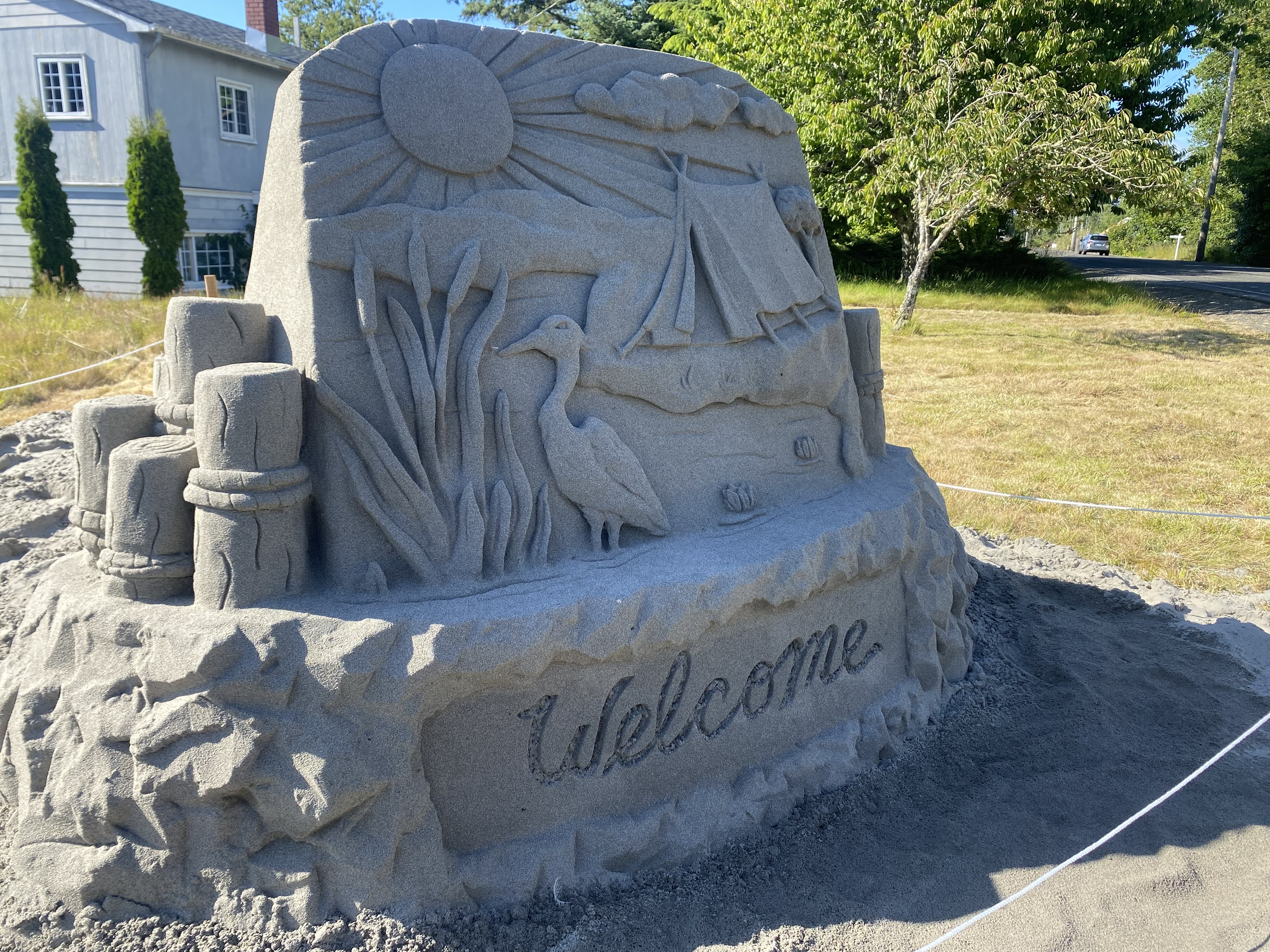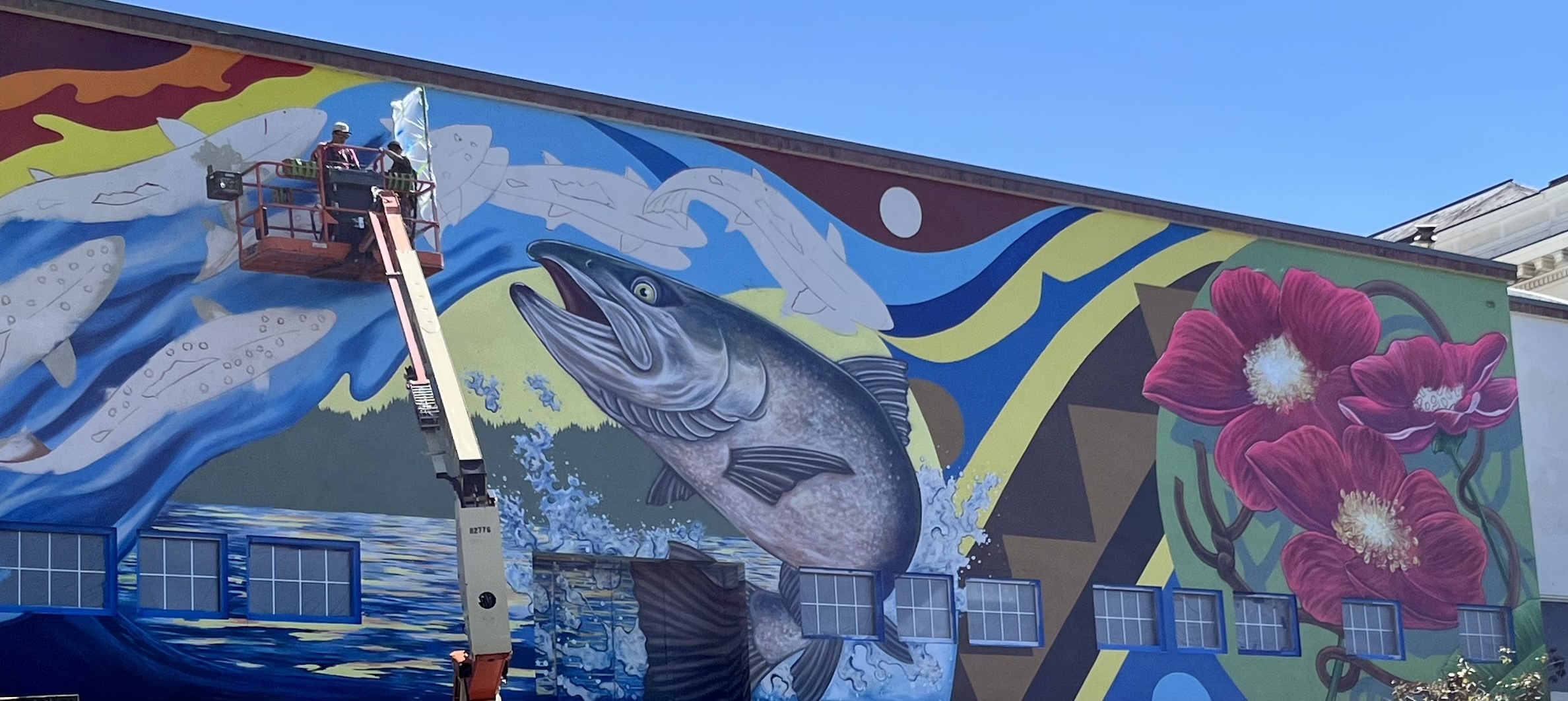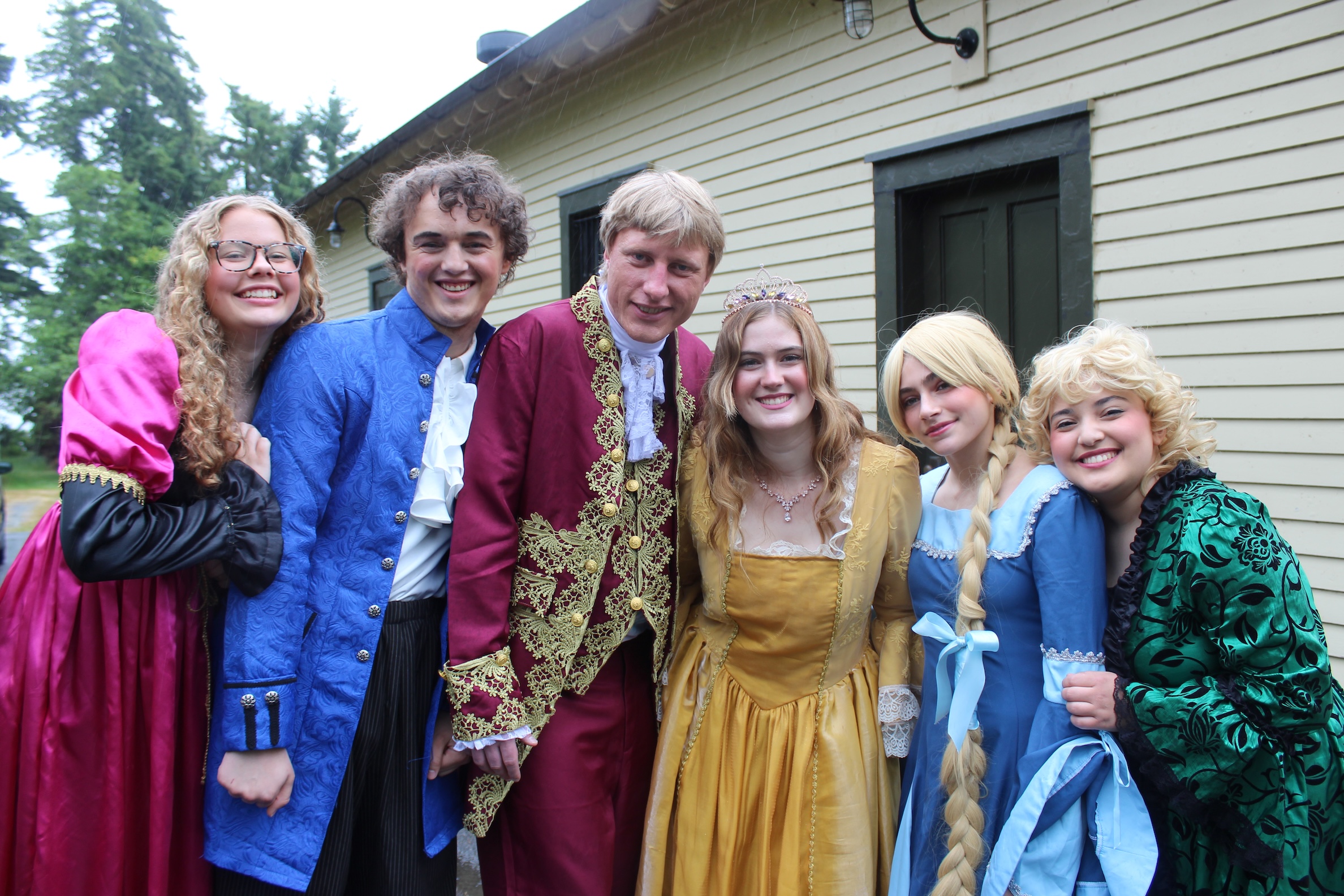The value of figure drawing
Published 3:56 am Thursday, February 27, 2014

- <p>"Subtle Drama (photo reference: Crystalline Photography)," a drawing with mechanical pencil by Susan Boehm, of Lake Geneva, Wis., won the Second Place Award at "Au Naturel."</p>
I didnt have a robe. So, rather unceremoniously, I stripped down. Shoes, socks, shirt, pants and viola!, suddenly, there I was: naked in a room full of 14 strangers each holding charcoal and pens and pads of paper. All of them ready to draw.
Trending
Ready to draw me.
I was nervous, and if they couldnt sense it, I told them so, fumbling for any bit of levity.
With the help of the host, we decided to begin with a short, five-minute pose so I could get the feel for it, get comfortable, see what itd be like to remain totally still. And naked. In a room full of strangers. For the first time.
Trending
I thought it would be easier to hold a pose while seated. I pushed my feet out wide, put an elbow on my knee and, leaning to one side, rested my weight on it. The timer began, and the room quickly fell silent all but for the sounds of charcoal scraping against rough paper.
I couldnt watch the artists watching me, to wonder what they were thinking, where they were fixated, so I picked at a spot on the floor and stared at it. Still, through my periphery I could see their heads bobbing, to me and back down to the canvas, like targets in a game of Whac-A-Mole, popping up and promptly disappearing. I did my best to tune them out.
I breathed in deeply, trying to relax and slow my racing heart. After what felt like 30 seconds the five-minute timer went off. They asked me how I felt.
I felt good or something similar to it. Full of energy. My head swirling. And the pose was easy enough to hold. I told them: keep going.
A models perspective
Leading me to and through the process of posing nude for an art class was Miranda J. Soileau, a figure model with hundreds of sessions under her belt or, should I say, her skin. Soileau began posing in college at the University of Oregon and her decision unlike my own was less adventure, less anxious, and less of a hurdle.
Growing up, Soileau remembers a home where the walls were adorned with nudes. The subject of many of the works was her own mother. She was a nude model in college, Soileau says. I knew it was a thing she did in the 70s, and I decided I should probably do it, too.
Not only her mothers participation, but her parenting, precipitated Soileaus interest. Im not shy about my body, she says. I grew up a total hippie and went to nude gatherings and nude beaches and stuff.
Still, Soileaus first nude figure modeling session wasnt total nirvana. I was sweating a lot, she laughs. I remember doing harder poses than I was really comfortable with.
Despite the initial hiccups, Soileau left invigorated. I think I knew that was sort of a route I would take, she remembers. I knew it was something I was meant to do. It felt right. Being a spectacle for others seemed right.
I asked what she meant by spectacle?
Thats what Im there for, Soileau says with a laugh, to be inspected from every angle.
More importantly, though, she enjoys facilitating art.
I really feel like Im a part of their process of becoming a better artist and that really makes me feel good, Soileau says. Its like Im contributing to a greater artistic cause. I know how much (the artists) appreciate seeing the human form and how helpful it is for them.
Without figure models, Soileau continues, there might not be some of the greatest art in the world.
Figure as foundation
On the other side of the canvas is Kristin Shauck, an art instructor at Clatsop Community College who studied and teaches figure drawing. Shauck is also the founding director of the annual Au Naturel: The Nude in the 21st Century exhibition, now in its eighth year. She is grateful for figure models willingness to open themselves to the artistic community.
The value of working with the figure is just so important, Shauck explains. This goes back hundreds of years. And no matter where the student ends up even if its in abstractions figure drawing is about learning the foundations.
Shauck continues: Its such an important skill for an artist to learn from observation and to work what they see onto paper. And the figure is one of the best ways to do it because you cant get away with making an error as far as proportion; if the head is too big or the feet are too small were going to know. But if youre working with a landscape, then who knows? Theres really no way of knowing. But working with the figure, its like the litmus test of learning to work from observation.
At the same time, however, Soileau says the finished works of her own poses never quite feel acutely representative. Honestly, rarely do I really feel a connection to their paintings, Soileau says. They dont look exactly like me. Theres always something a little bit off about it, where Im like: thats not me.
Part of that, Soileau admits, could be a defense. (But to be sure, some of the works Ive seen of Soileau have been marvelous, created by truly fabulous artists and sold for hundreds of dollars.)
Its odd, Soileau says. Its almost there, and I can see it. Its strange because its a strangers perception of you. And they can see things incorrectly because they dont know me, or havent studied the way I look intimately.
Of course, Soileau adds, as with any art and, in particular, great art artists are inserting aspects of themselves. Thats where theres the disconnect, Soileau says. Like, I see where youre going with this, but that part must be a you that you included.
Honest art
Going into my own modeling session, I arrived with a stipulation, albeit one I failed to mention beforehand: I wasnt interested in seeing any of the drawings from my session. I feared being stuck with dreadful results.
Besides simply wondering if my body was interesting or in-shape enough, I wasnt sure Id be able to create and maintain worthwhile poses much less inspiring ones. My second pose, standing, with one leg propped up, arms forward, muscles engaged, pushing against a stool, was indeed more difficult to hold. It also, despite getting feedback from the class who helped guide me there, felt weird and unnatural.
When I wasnt fighting off wobbles, trying to stay still, I found my mind wandering, away from the alert of being nude, and towards the mundane, the zen, and even approaching the hallucinogenic.
Ideally, Soileau says, posing is meditative.
And while thoughts can devolve into something like wondering whats for dinner, the stillness can lead to breakthroughs.
I do a lot of life-goal thinking, Soileau says of her time spent posing. And, she adds with a laugh: planning, plotting, scheming, you know…
Before I knew it my second pose was complete. And as my thoughts were drifting rather than taking the experience in it seemed as good a time as any to stop. I thanked everyone, retired to the room adjacent and dressed.
I returned to the studio and was met by an artist. He said watching me take the leap to try modeling had inspired him to do the same. He asked if I wanted to keep the drawings from the session and, despite my prior misgivings, I said yes. A number of other artists then followed suit, presenting me with their sketches.
Each was distinctly different the angle, the medium, the style, the take. Each focused on certain characteristics, subtracted bits, embellished others.
Thumbing the stack, I understood what Soileau meant: that no single piece felt exactly like me or at least how I see myself. Some flattered and others made me cringe. But taken together the angles, perspectives, voices and colors they seemed true; more honest, in a way, than any photograph could ever be.









